(Re)interpretation of collections
Oxford University's Gardens, Libraries and Museums (GLAM) contain some of the world's most significant collections. Part of GLAM’s vision for the future is that the GLAM institutions continue to be an authoritative place to which people increasingly turn for insight into cultural and natural heritage – present and past.
A major focus within the museum and heritage sector at present is challenging perceptions and demonstrating the vital role in society of such institutions. This can partly be achieved through cutting-edge research and teaching and ensuring evidence-based stewardship, collections care, documentation and interpretation, and sometimes re-interpretation of collections via research and/or co-creation with communities. Such work may be relatively simple or more complex, from adding a new label in a cabinet to creating new interpretation boards or displays around decolonisation, for example.
(Re)interpretation of GLAM’s collections is something that might be done as part of another piece of public and community engagement with research – e.g. part of a special exhibition or display, or part of co-curation project – but not usually as a public and community engagement with research (PCER) activity in its own right. However, it has been treated as a separate category here to highlight to researchers the potential opportunity for public and community engagement with research.
Activities can be tailored to suit different audiences. (Re)interpretation of collections can be appropriate/useful for all audiences, and may be particularly appropriate/useful for:
• Community groups and special interest groups
• Underrepresented audiences
Note that this is not an exhaustive or exclusive list and that these types of activities may be suitable for groups not listed here.
Please be aware that GLAM venues have full and busy programmes and it may not be possible to pick up activities that have already been fully developed or to deal with urgent requests. Ideally, activities should be co-created with GLAM from project conception and researchers should get in contact early so that we can work together to develop your ideas. Please note that while researchers may contact GLAM departments directly they are also encouraged to contact departmental/Divisional PCER facilitators for interim support/guidance.
Please note that the banner image on this page features examples of problematic old labels from the Pitt Rivers Museum as part of their Labelling Matters project which is reviewing the Museum's use of language for the 21st century.

GLAM PCER Toolkit | Getting started |
| Opportunities by category | Opportunities by institution | Case studies |
(Please note that opportunities are subject to change)
- (Re)interpretation can be a means for researchers and the public to create a lasting legacy within the GLAM collections themselves. Such work can allow particular groups to tell stories which have previously been overlooked
- Re-interpretation requires skilful handling of issues around cultural sensitivity and access
Costs may include but are not limited to the following, depending on the activities involved:
- Curatorial time – although may be given ‘in-kind’. See section on How much will the PCER activity cost? in the GLAM PCER Toolkit for further details
- Display costs, e.g. display materials, re-labelling
- Technical installation
- Marketing, e.g. print costs, advertising, press/PR
- Evaluation costs
Note that this is not an exhaustive list and that these types of activities may incur costs not listed here, particularly if other categories of PCER activities are included.
Please contact the relevant team to discuss costs as soon as possible.
Examples (in alphabetical order by GLAM institution)
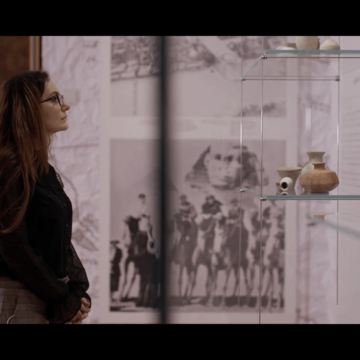
Decolonisation and provenance research
Ashmolean Museum
The Ashmolean accepts the challenge of continuing to question and review the interpretation of its collections and the need to critically interrogate the history of the Museum and the legacy of colonialism and empire on collections, programmes, and workforce.
Researchers could potentially work with the Museum to interpret its collections in new ways, from re-labelling to special projects and exhibitions.
Approx. costs: Costs can be variable so contact the relevant team to discuss
Example: Owning the Past | A Nice Cup of Tea?
Further information/links: The Ashmolean and colonialism webpage
Ashmolean PCER projects are currently being updated. Examples and opportunities are subject to change.
Contact: PER Coordinator, Zoe Bampton (zoe.bampton@ashmus.ox.ac.uk)
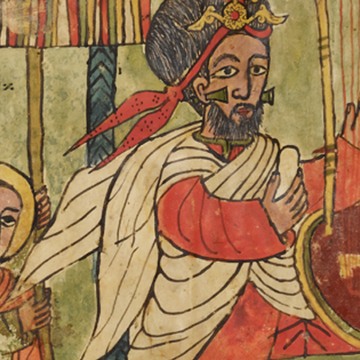
Bodleian Libraries
The Bodleian Libraries take part in a wide range of special projects which aim to strengthen the links between the Bodleian and local communities. The Bodleian works with researchers, artists and musicians to interpret its collections in creative ways.
Researchers in recent times have been involved in projects which have covered topics from J.R.R. Tolkien to Shakespeare, and have explored everything from the Bodleian’s renowned botanical manuscripts to the representation of Palestinian refugees in Oxfam’s archives.
Approx. costs: Costs can be variable so contact the relevant team to discuss
Example: Ethiopian & Eritrean Co-curation Project
Further examples/information: Special projects webpage
Contact: Public Engagement team (publicengagement@bodleian.ox.ac.uk)
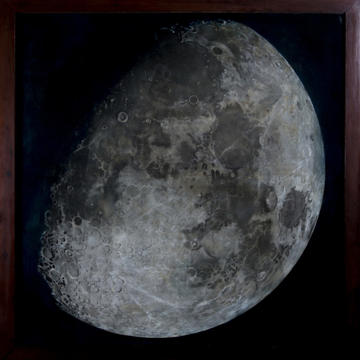
Re-interpretation of collections
History of Science Museum
Opportunities for (re-)interpretation of collections include exhibitions, displays and online galleries; themes include work around decolonisation and women and science.
Researchers could potentially work with the Museum and communities to redisplay and/or re-label objects within the collections.
Approx. costs: Costs can be variable so contact the relevant team to discuss
Example: Women and Space: Inspiring the next generation of scientists
Further examples/information: Collections webpage
Contact: Public Engagement Office (publicengagement@hsm.ox.ac.uk)
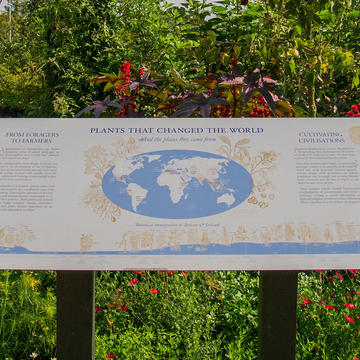
Oxford Botanic Garden and Arboretum
Researchers can develop plant displays linked to a particular field of research, for which costs could include support by OBGA staff in developing a display within the collections as well as the costs of the display.
Example: Plants that Changed the World
Further examples/information: Collections webpage
Contact: Deputy Director and Head of Science (chris.thorogood@obg.ox.ac.uk)
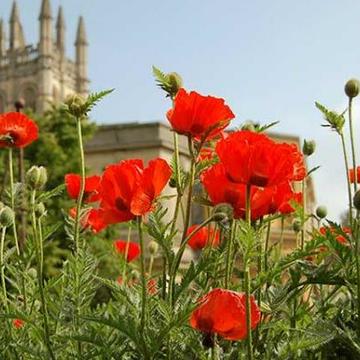
Research interpretation displays and posters
Oxford Botanic Garden and Arboretum
Researchers can develop interpretation displays and posters linking research to specific collections of plants, for which costs could include interpretation board design and production.
Example: The Taxonomic Beds
Further examples/information: Collections webpage
Contact: Deputy Director and Head of Science (chris.thorogood@obg.ox.ac.uk)
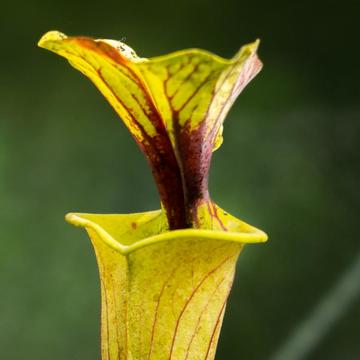
Oxford Botanic Garden and Arboretum
Researchers can develop research information leaflets for visitors to take away with key messages about ongoing research and its impacts (actual or potential). Such information could also be made available on the OBGA website.
Example: The Taxonomic Beds
Further examples/information: Collections webpage
Contact: Deputy Director and Head of Science (chris.thorogood@obg.ox.ac.uk)
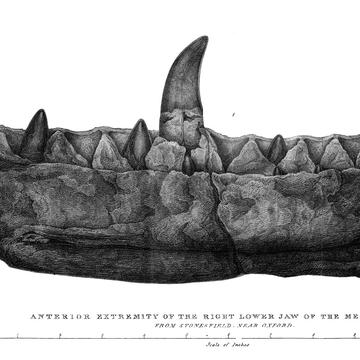
Displays and interventions in cases
Oxford University Museum of Natural History
Researchers could potentially develop special displays and interventions in cases, linked by trails, to highlight particular themes; for example, the role of women in science.
Approx. costs: Costs can be variable so contact the relevant team to discuss
Example: Women in Science (for example, Victorian palaeontologist Mary Buckland)
Further examples/information: Exhibitions and displays webpage
Contact: Exhibitions team (natasha.smith@oum.ox.ac.uk)
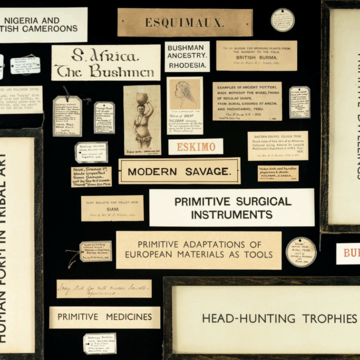
Pitt Rivers Museum
Researchers could potentially develop interventions in cases which range from placing new objects / new labels in cases and pop-up short-term photo interventions into permanent displays, to recording and sharing historically underrepresented stories through new and existing collections.
Approx. costs: Costs can be variable so contact the relevant team to discuss
Example: Labelling Matters
Further information/links: Critical changes to displays as part of the decolonisation process webpage
Contact the museum for more information (prm@prm.ox.ac.uk)




